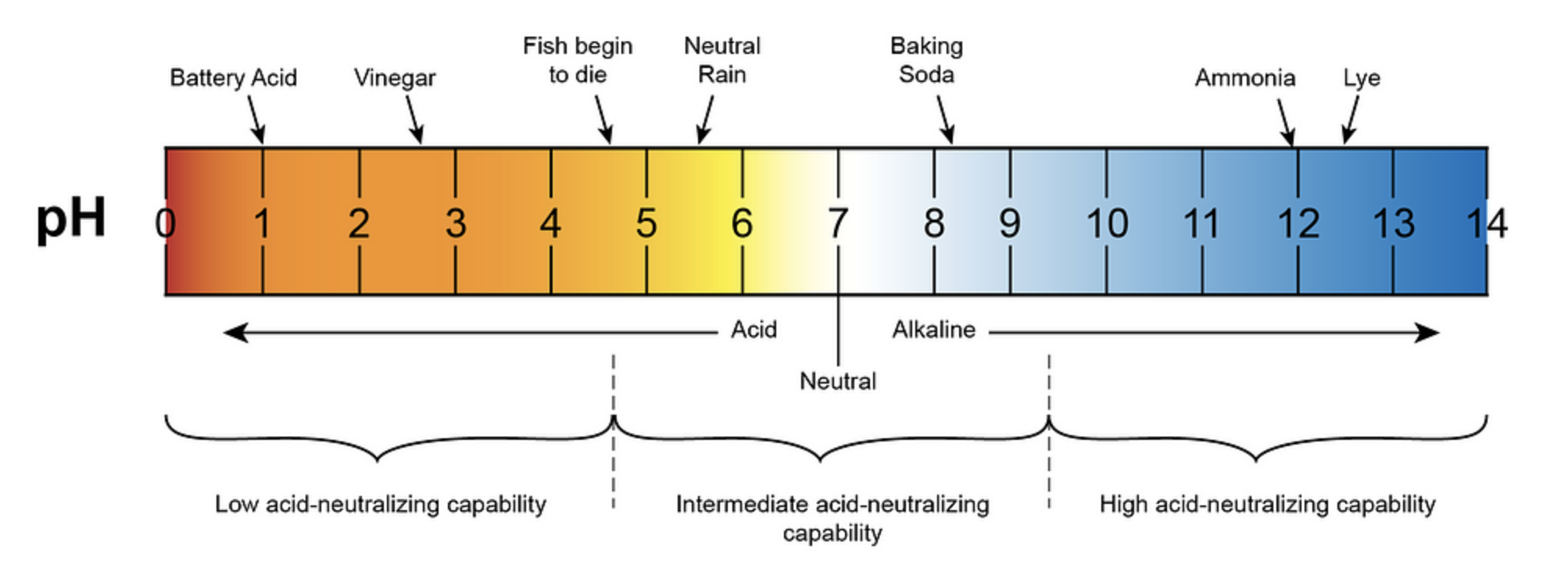The pH value of faucet water is a crucial factor in ensuring the safety and quality of your drinking water. Typically, the pH of faucet water in the United States falls within a range of 4.3 to 5.3, which is slightly acidic. However, the EPA guidelines recommend a pH range of 6.5 to 8.5 for drinking water. Understanding the importance of pH in faucet water and how to maintain optimal levels is essential for your health and the longevity of your plumbing system.
Understanding the pH of Faucet Water
The pH scale measures the acidity or alkalinity of a solution, ranging from 0 to 14. A pH value of 7 is considered neutral, while values below 7 are acidic, and values above 7 are alkaline or basic. The pH of faucet water can vary depending on several factors, including the source of the water, the treatment process, and the materials used in the plumbing system.
Factors Affecting the pH of Faucet Water
- Water Source: The pH of water can be influenced by the natural minerals and compounds present in the source, such as groundwater or surface water.
- Water Treatment: The treatment processes used to purify and disinfect the water, such as chlorination or filtration, can also affect the pH.
- Plumbing Materials: The materials used in the plumbing system, such as copper or lead pipes, can interact with the water and alter its pH.
- Contaminants: Certain contaminants, such as disinfectants, disinfection byproducts, and heavy metals, can also influence the pH of faucet water.
Importance of Maintaining Optimal pH Levels
The pH of faucet water is not directly linked to human health, but it can have significant implications for the quality and safety of your drinking water.
Corrosion and Plumbing Integrity
The pH of water can affect the degree of corrosion in the plumbing system. Acidic water (low pH) can be more corrosive, leading to the leaching of metals, such as lead and copper, into the water. This can not only compromise the integrity of the plumbing but also introduce harmful contaminants into the drinking water.
Disinfection Efficiency
The pH of water can also impact the effectiveness of disinfection processes, such as chlorination. Optimal pH levels are essential for ensuring the proper disinfection of water and the elimination of harmful microorganisms.
Taste and Appearance
The pH of faucet water can also affect its taste and appearance. Highly acidic or alkaline water may have an unpleasant taste or cause staining or scaling on fixtures and appliances.
Maintaining Optimal pH Levels in Faucet Water
To ensure the safety and quality of your faucet water, it’s essential to maintain the pH within the recommended range of 6.5 to 8.5.
Home Remedies
You can use simple home remedies to adjust the pH of your faucet water, such as:
- Baking Soda: Adding a small amount of baking soda (sodium bicarbonate) to the water can help increase the pH and make it more alkaline.
- Lemon Juice: Adding a few drops of lemon juice to the water can help lower the pH and make it more acidic.
However, it’s important to note that these home remedies may not be effective in eliminating contaminants or addressing more complex water quality issues.
Water Filtration Systems
Installing a water filtration system in your home is one of the most effective ways to ensure that your faucet water is safe, clean, and has an optimal pH level. These systems can remove a wide range of contaminants, including disinfectants, disinfection byproducts, inorganic and organic chemicals, and heavy metals, while also helping to maintain the appropriate pH.
Some common types of water filtration systems include:
- Faucet-Mounted Filters: These filters attach directly to your faucet and use activated carbon and/or a hollow fiber membrane to remove contaminants.
- Under-Sink Filters: These filters are installed under the sink and can provide a higher level of filtration than faucet-mounted models.
- Whole-House Filters: These filters are installed at the main water line, providing filtration for all the water entering your home.
When choosing a water filtration system, it’s essential to consider factors such as the specific contaminants in your local water supply, the system’s filtration capabilities, and its maintenance requirements.
Conclusion
Maintaining the optimal pH level in your faucet water is crucial for ensuring the safety and quality of your drinking water. By understanding the factors that affect the pH of faucet water and using effective home remedies or water filtration systems, you can help ensure that your family is drinking clean, safe, and properly balanced water every day.
References:
– What Is Alkaline Water? – WebMD (https://www.webmd.com/diet/what-is-alkaline-water)
– The pH of water from various sources: an overview for recommendation for … (https://www.ncbi.nlm.nih.gov/pmc/articles/PMC3736366/)
– pH in Drinking-water – World Health Organization (WHO) (https://cdn.who.int/media/docs/default-source/wash-documents/wash-chemicals/ph.pdf?sfvrsn=16b10656_4)

